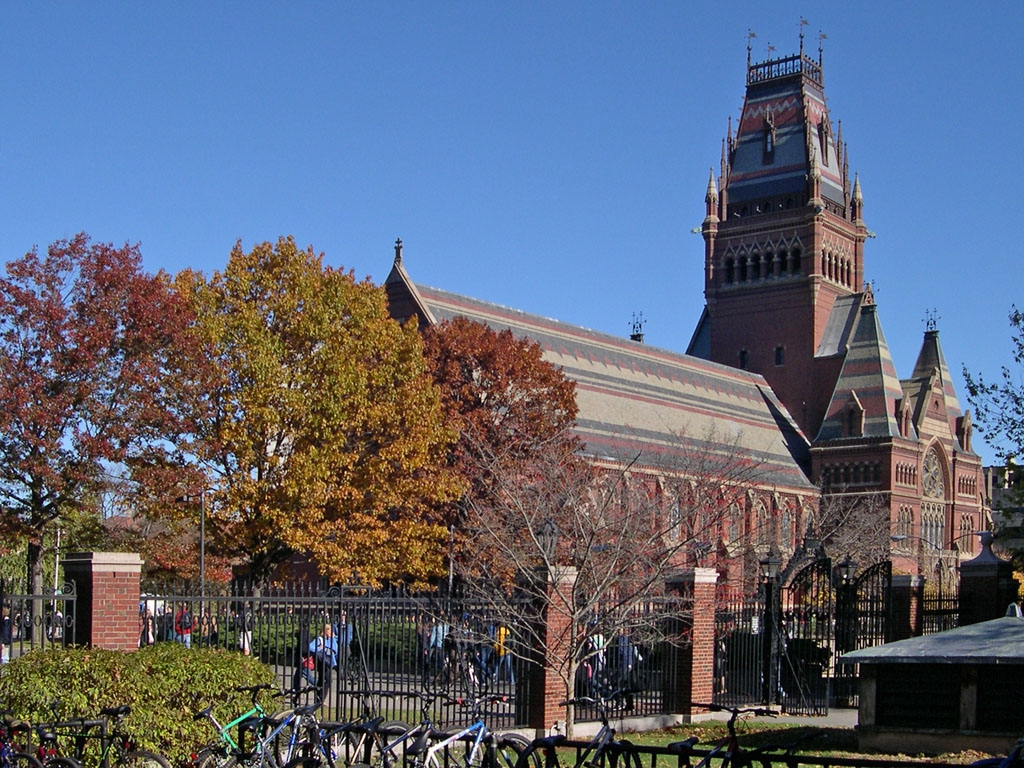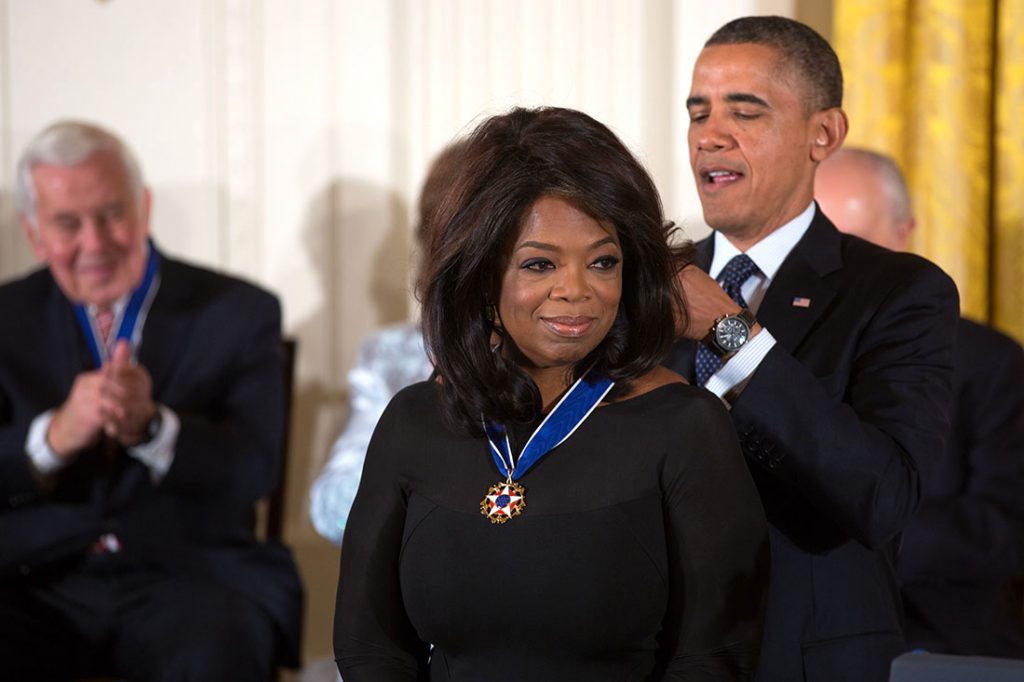Rutherford B. Hayes Biography
Nineteenth (19th) President of the United States
Years Served as President: 1877-1881
Vice President: William Wheeler
Party: Republican
Age at Inauguration: 54

Home State: Ohio
Date of Birth: October 4, 1822
Died: January 17, 1893
Married: Lucy Ware Webb
Children: Webb, Rutherford, Scott, Manning, George, Joseph, Birchard, Fanny
Nickname: His Fraudulency
What is Rutherford B. Hayes known for?
Rutherford B. Hayes is known for winning one of U.S. history’s closest presidential races. Some people believed that he cheated, or committed fraud. They nicknamed him His Fraudulency.

Hayes is also known for ending the Era of Reconstruction that followed the Civil War.
Early Life
Rutherford B. Hayes was born in Delaware, Ohio in 1822. His father, also named Rutherford, had died shortly before his birth.
Hayes and his sister, Fanny, were raised by their mother Sophia and their uncle Sardis. As a child, Rutherford was nicknamed “Rud.”
He was a good student from an early age. In 1842, Hayes graduated at the top of his class from Kenyon College. In 1845, he graduated from Harvard University with his law degree.

By 1849, Hayes had established a successful law practice in Cincinnati. He also became an active member of the newly formed Republican Party.
Family Life
Hayes married Lucy Ware Webb in 1852. She was a graduate of Wesleyan Women’s College in Cincinnati.
Lucy and Rutherford had eight children. Five of their eight children survived to adulthood: Rutherford, James, Sardis, Frances, and Scott.

Military and Political Career
In 1858, Rutherford B. Hayes became the city solicitor. This role was appointed by the Cincinnati City Council. He was re-elected to the same post the following year.
When the Civil War started in 1861, Hayes joined the Union army. He served in the 23rd Ohio Regiment and was wounded during the Battle of South Mountain in Maryland.

Hayes was still fighting in the Civil War in 1864 when he was nominated for Congress by the Republican Party. He accepted the nomination but refused to leave the battlefield to campaign.
He won the election anyway, taking his seat in the U.S. House of Representatives after the Civil War ended in 1865. Hayes served two terms in Congress, then three terms as the governor of Ohio.

Hayes strongly opposed slavery, wanted to secure voting rights for black men, and had economic plans for gold-backed currency.
A Very Close Presidential Election
In 1876, the Republicans were split between nominating Ulysses S. Grant for a third term or nominating James G. Blaine, the Speaker of the House.
Hayes was a compromise candidate who eventually won the party’s nomination. He was known for being honest and loyal, which would be a nice change from the scandals of Grant’s administration.

During the election, Hayes ran against the Democrat Samuel J. Tilden, who was the governor of New York. Tilden won the popular vote by about 250,000 votes, but electoral results in Florida, Louisiana, and South Carolina were in dispute.
Congress had to decide who these votes would go to, and they picked Hayes.
Southern Democrats agreed to support the results if federal troops would be removed from the southern states and if at least one Southerner could join Hayes’ cabinet.

After tallying all the electoral votes, Hayes now had 185 to Tilden’s 184. He was inaugurated on March 5, 1877. However, many Northern Democrats felt that Hayes had stolen the election.
Presidency
As president, Hayes followed up on the agreement to remove federal troops from Southern states that were still under occupation. This marked the end of Reconstruction after the Civil War.
He also provided federal money to improve services and facilities in the South. He appointed several Southerners to high-level government positions, which many of his fellow party members did not appreciate.

Hayes attempted to end political patronage (appointing people to government positions because they had supported a campaign). He wanted government positions to be based on merit only.
However, he did not make much progress with these efforts. After his first term was over, Hayes did not run for a second term. He had promised in his inaugural speech that he would only serve one term.
After the Presidency
After his retirement, Hayes spent the rest of his life working on humanitarian causes. These included civil rights, prison reform, and educational issues.

He became the first president of the John F. Slater Education Fund for Freedmen, which paid for Southern black men to receive an education. One famous recipient of the fund was W.E.B. Du Bois, a civil rights activist and sociologist.
On January 17, 1893, Hayes died of heart failure at the age of 70.

Fun Facts About Rutherford B. Hayes
The “B” in Rutherford B. Hayes stands for Birchard, his mother’s maiden name.
Lucy Ware Webb Hayes was the first First Lady to graduate from college.
Lucy was nicknamed Lemonade Lucy because Hayes did not serve alcohol at the White House, serving lemonade instead.
Hayes held the first Easter Egg Roll at the White House. The event, in which children roll Easter eggs down a hill on the White House lawn, has become the largest annual event at the White House.
It’s also the only time that tourists are allowed on the White House lawn.

In 1879, Hayes signed the Act to Relieve Certain Legal Disabilities of Women, which allowed female attorneys to argue cases in federal court. In 1880, Belva Lockwood became the first woman to argue a case before the U.S. Supreme Court.
After Hayes’ death, his son Webb established a presidential library in his name. This began the tradition of constructing and dedicating presidential libraries post-term.

